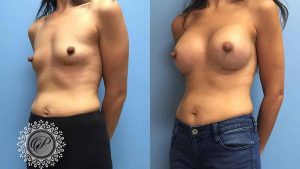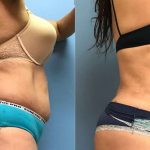Fact or fiction? Popular myths and other misconceptions about breast implants debunked

Breast augmentation surgery is the most popular cosmetic surgery procedure, according to the latest statistics obtained by the American Society of Plastic Surgeons (ASPS). Every year, almost 300,000 women undergo breast augmentation in the US, including silicone gel, saline, and the newer structured implants. Along with the popularity of the procedure comes increased media coverage and open discussion of the procedure, as well as some common assumptions about breast implants that often are not based on scientific fact but rather on public lore. If you are one of the many women considering breast augmentation surgery, here is some pertinent factual information to help dispel myths about the operation.
“All implants need to be replaced after 10 years”
Breast implants are prosthetic devices that are not expected to last forever, and there are known complications that are associated with breast implants, just as there are with any foreign bodies used in other types of surgery. The most common reasons implants may need to be replaced include rupture or leakage and capsular contracture. If saline implants leak, the saline is reabsorbed by the body, whereas if silicone gel implants leak, the extruded silicone gel will need to be surgically removed. Capsular contracture describes an abnormal scar formation around the implant that usually presents with pain and hardening in the breast; the condition is usually progressive, resulting in distortion of the breast and displacement of the implant. Women may develop capsular contracture in either one or both breasts at any point following implantation, and rupture or leakage may likewise occur at any time subsequent to surgery. The longer the time since implants are placed, the higher the chance that there may be a leak or rupture, but there is no absolute indication to remove or replace implants at the 10-year mark. Breast implant removal with or without replacement should be considered if and when either of these complications occur. In addition, routine follow-up is recommended for all women, with breast exams along with mammograms, sonograms, or MRI, depending on each patient’s age and risk factors for breast disease. Routine follow-up is essential in detecting any issues with the implants and determining appropriate therapeutic intervention, if any.
“Breast implants cause autoimmune diseases”
There are anecdotal reports, some of which receive much media attention, of patients who claim to have developed any number of health problems and diseases as a result of their breast implants. Scientific studies including hundreds of thousands of women with implants have refuted an association between implants and systemic or autoimmune diseases. In addition, there is no increased risk of breast cancer in patients with breast implants. It is also important to note that the implants that are currently available in the US, including all silicone gel, saline, and structured saline implants, are all FDA cleared… Continue reading entire article at this link.

